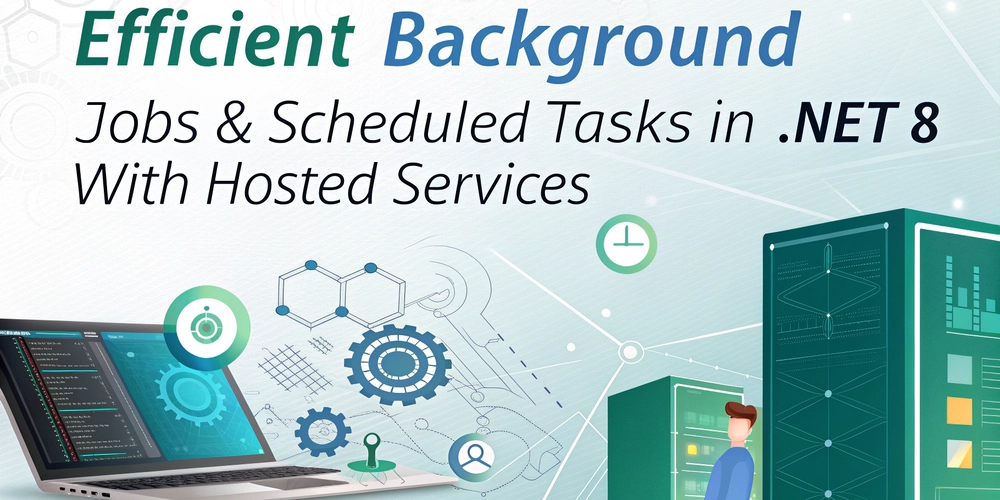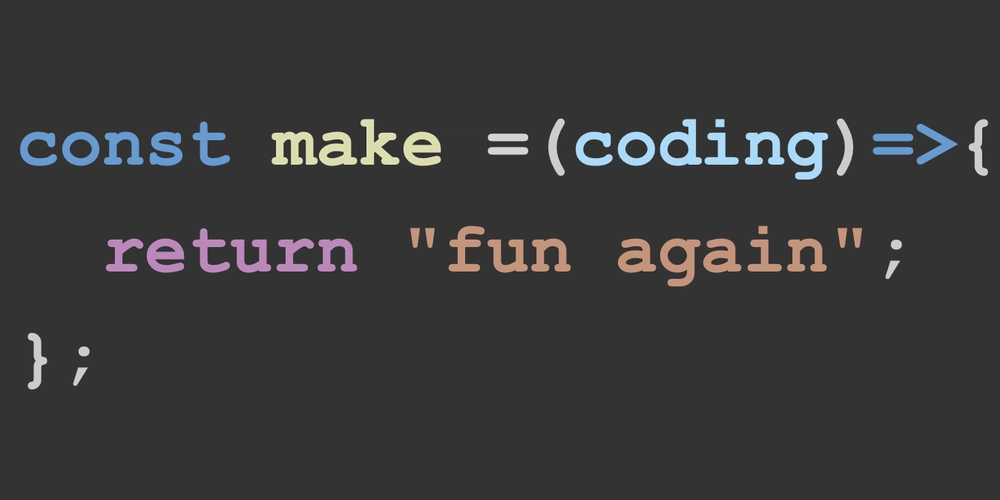
.NET 8 Background Tasks: Easily Schedule Jobs with Hosted Services
Want to run background tasks without bogging down your .NET 8 application? Discover the power of Hosted Services! This guide provides actionable insights and clear examples to efficiently manage scheduled tasks and background processes.
Why Use .NET 8 Hosted Services for Background Jobs?
Background jobs are crucial for tasks like sending emails, cleaning up data, and processing messages. .NET 8's Hosted Services offer a clean, dependency injection-friendly way to execute these tasks alongside your core application.
Here's why you should consider Hosted Services:
- Clean Architecture: Integrates seamlessly with your existing .NET 8 application structure.
- Dependency Injection: Leverages DI for easy access to services and configurations.
- Graceful Shutdown: Supports proper shutdown procedures to prevent data loss.
- Simplified Scheduling: Makes implementation of .NET 8 scheduled tasks easier than ever.
Understanding .NET 8 Hosted Services: Two Key Approaches
A Hosted Service is a class that runs unobtrusively in the background of your .NET 8 application. There are two primary ways to implement these services:
- Implement
IHostedService: DefineStartAsync(CancellationToken)andStopAsync(CancellationToken)methods to control the service's lifecycle. - Derive from
BackgroundService: Override theExecuteAsync(CancellationToken)method for long-running tasks or loops that need to execute more complex .NET 8 background tasks.
Both approaches integrate seamlessly with the Generic Host (used in both minimal APIs and traditional HostBuilder), providing access to dependency injection, configuration, and graceful shutdown capabilities.
Creating a Simple .NET 8 Background Task With BackgroundService
Let's build a basic service that logs a message every 10 seconds:
Register the service in your Program.cs file:
Scheduling Recurring Tasks in .NET 8
Using PeriodicTimer for Simple Intervals
.NET 8 introduces PeriodicTimer for convenient interval-based scheduling:
Cron-Style Scheduling for Complex Schedules
For more advanced scheduling using cron expressions, leverage a library like Cronos:
Managing One-Off .NET 8 Background Jobs
To handle fire-and-forget jobs, such as sending an email after a request, employ a Channel<T>:
Register the services:
Real-World Use Cases for Hosted Services
- Email & Notification Sending: Offload slow SMTP calls to improve API response times.
- Data Cleanup in .NET 8: Remove stale records or temporary files on a schedule.
- Message Processing: Consume messages from queues like RabbitMQ or Azure Service Bus.
- Report Generation: Generate and store reports during off-peak hours using .NET 8 scheduled tasks.
Best Practices for Reliable .NET 8 Background Jobs
- Graceful Shutdown: Always honor the
CancellationTokenand clean up any resources. - Exception Handling: Catch exceptions within your loops to prevent service crashes when handling .NET 8 background tasks.
- Logging & Metrics: Instrument your service with logs and counters (e.g., Prometheus).
- Dependency Injection: Carefully inject scoped or singleton services as appropriate.
- Backoff & Retry: Implement retry policies with exponential backoff for transient failures.
- Health Checks: Expose health check endpoints to monitor the status of your background service.
Conclusion: Harness the Power of .NET 8 Background Tasks
Hosted Services in .NET 8 offer a robust and versatile solution for managing background jobs and scheduled tasks. By adhering to the examples and best practices outlined here, you can create dependable, maintainable, and observable background processing within your .NET 8 applications.























